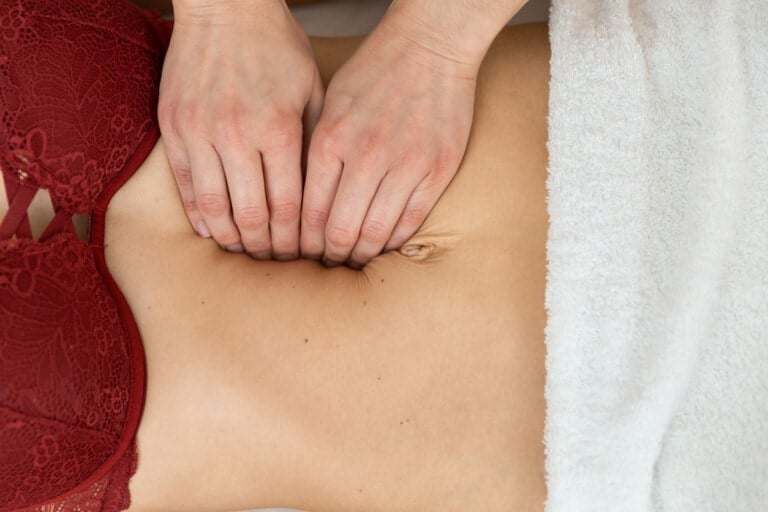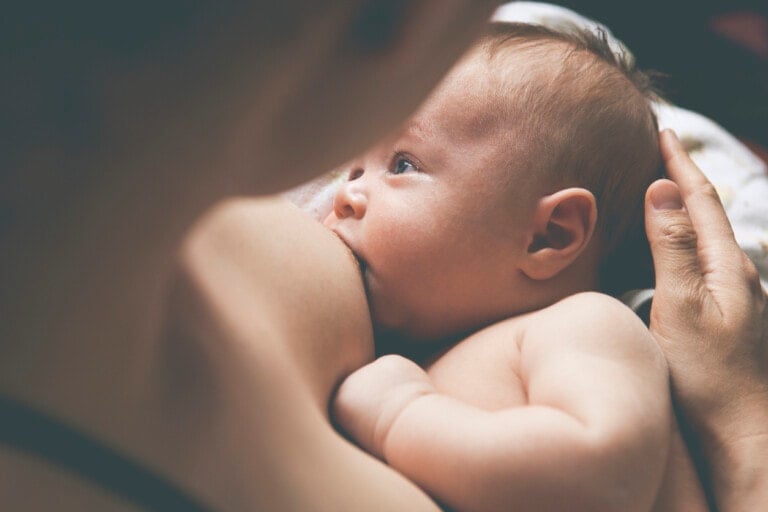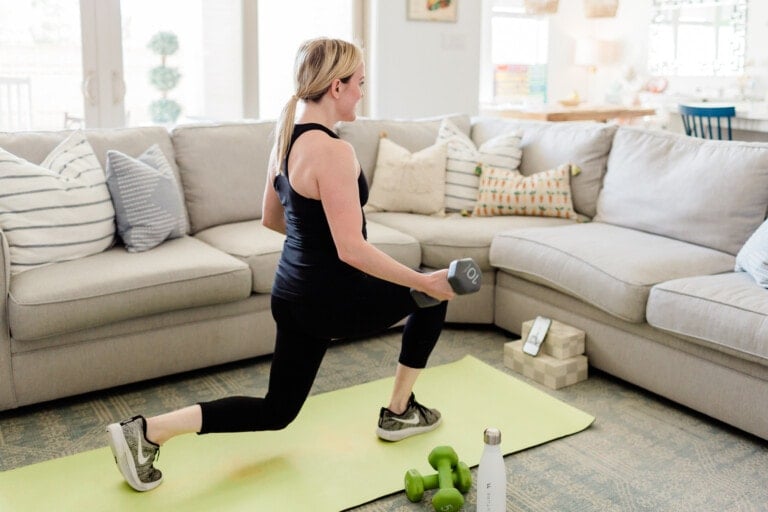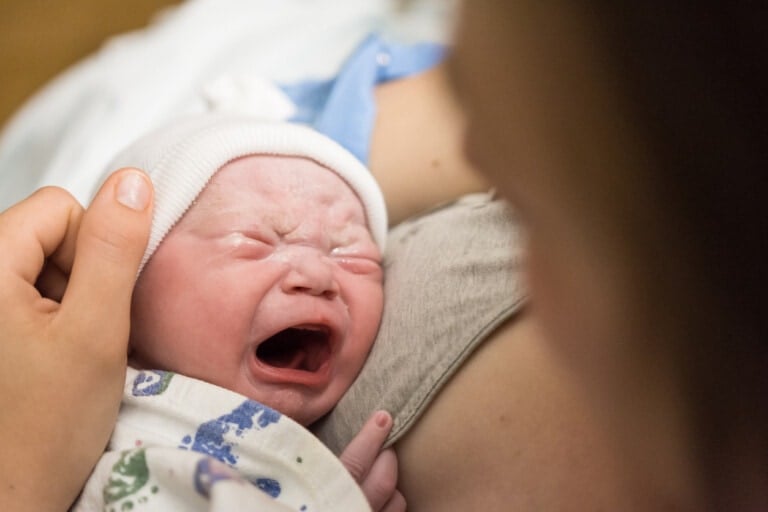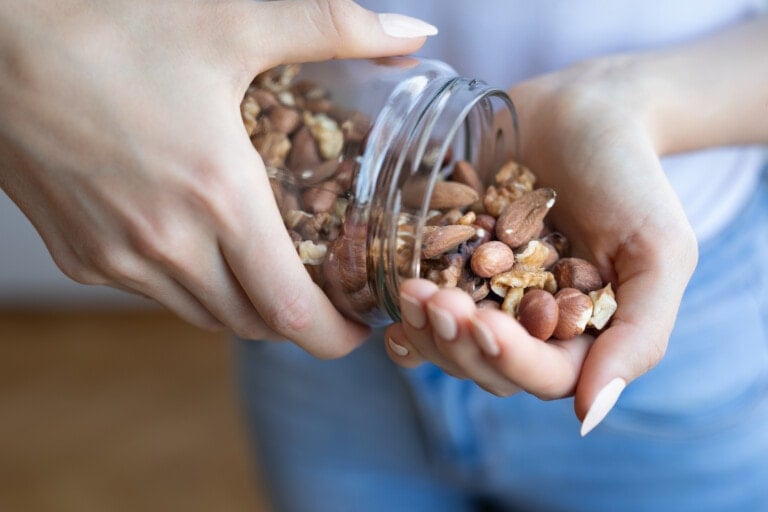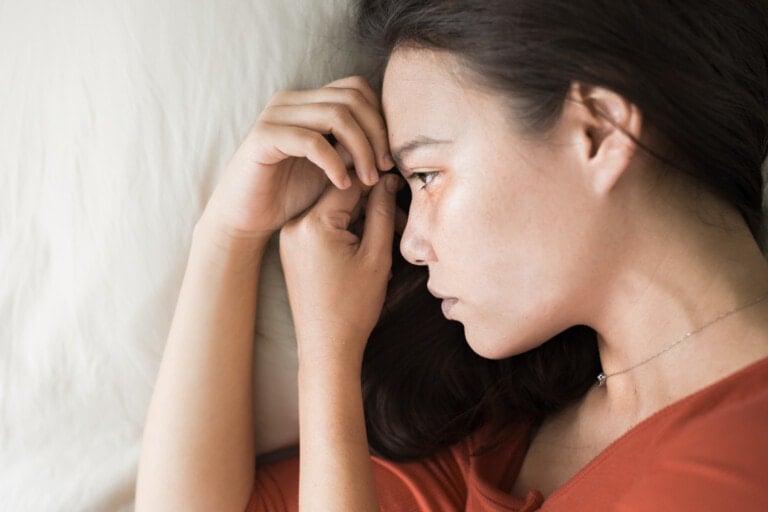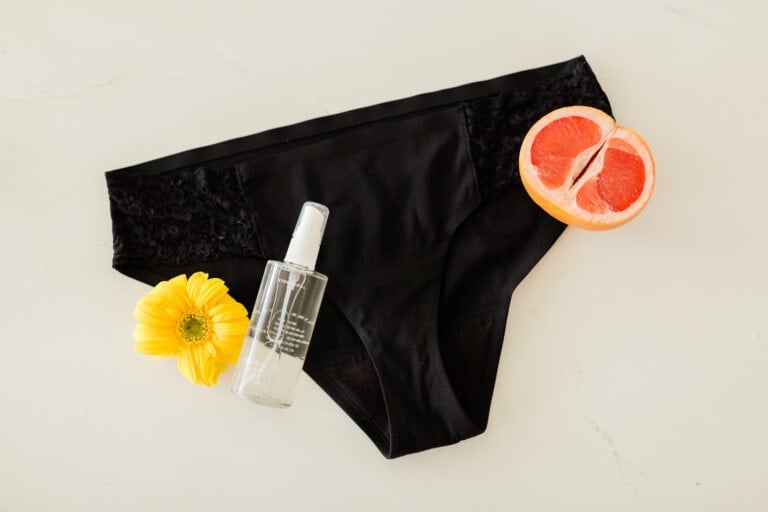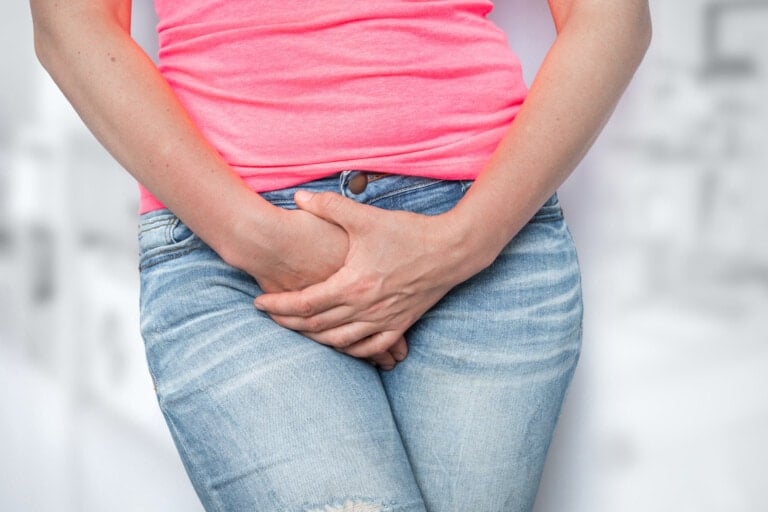Pregnancy is a beautiful and transformative experience. But for many women, your new baby comes with a new body for you that may feel foreign. Unfortunately, many women look down on these changes in their new bodies, viewing them as “less than.” But this is far from the case! Instead of thinking there’s something “wrong” with your postpartum body, let’s shift our mindset to embrace the natural, normal, and perfectly beautiful new body that just did an AMAZING thing!
New Baby, New Body: Embrace the New You
So many changes occur during pregnancy and birth that your body adapts to by adjusting physically and hormonally. Some of these changes include:2,3,4,11,12,13,14
- Stretch marks and loose skin
- Diastasis recti
- Breast size and shape
- Vaginal size and shape
- Hair thinning post-pregnancy
- Flexibility
Although it may be mentally tough to get over some of these changes in appearance, you should know that you’re not alone. All women who go through pregnancy will experience some or all of these changes. Your new body is just as feminine, worthy, and healthy as it was before. In the United States alone, 86% of women will give birth at least once, making your postpartum body part of the majority.1
The New Skin You’re In
Stretch marks and loose skin are a top complaint of women after pregnancy.2,11 The reality is that almost everyone has them, whether they’ve been pregnant or not. Yes, even men!15,21 Here are some causes of stretch marks:18,20,21
- Growing body parts, like breasts, during puberty
- Weight gain
- Pregnancy
- Bodybuilding and muscle gain
- Growth spurts during childhood
- Steroid use (including corticosteroid creams)
- Certain medical conditions (such as adrenal-related illnesses)
When skin stretches due to rapid growth, fine lines appear that range from dark and purple to light skin color. They typically fade to a silvery sheen over time.16 This process is caused by collagen in the skin becoming disrupted and can occur whenever the skin stretches.2,17 You’re most likely to get stretch marks during your first pregnancy on your abdomen, thighs, and breasts during the sixth or seventh month.2
There are no known preventions or treatments for stretch marks that work.17 Lotions, positions, creams, and procedures haven’t been proven to be effective at all, and some are even unsafe.18 Even natural products that claim to prevent stretch marks, such as Centella Asiatica (Gotu Kola), can be dangerous.19 But rest assured that 50-90% of women see stretch marks in pregnancy, so you’re not alone if you have them!2,21
Mummy Tummy and Diastasis Recti
During pregnancy, your abdominal wall and ribcage expand to make room for your growing baby, causing your abdominal wall to separate. This process, called diastasis recti, is normal and occurs mainly during the third trimester.3,22 After baby is born, you may notice a pronounced poofing out of your tummy. When your abdominals weaken due to separation, your uterus (which is still enlarged from baby) and organs will push against your abdominal wall.22,23
Typically, your uterus will contract and shrink back to its normal size within six to eight weeks. You’ll most likely experience cramping-like contractions as this occurs, especially during breastfeeding, which stimulates oxytocin and uterine contractions. But there are some cases where you should see a physiotherapist to help heal your diastasis.3 Left untreated, diastasis recti can cause problems with your urogynecological and musculoskeletal systems, such as urine and fecal incontinence and low back pain. There are also surgical options if necessary.3,23
Sometimes, this protruding abdomen can cause issues with body image.4 The physical appearance of diastasis recti won’t typically go away with diet or weight loss. Even more important is for you to feel strong and healthy without pain symptoms. Luckily, deep core stability exercise can improve the outcomes of diastasis recti.5 Speak to a trainer who specializes in postpartum training or a physiotherapist for tips.
Muscle Weakness and Flexibility
After giving birth or even while you’re still pregnant, you might notice that your muscles seem weaker and more flexible. This is because there’s a hormone released during pregnancy aptly called relaxin.6 It might seem like this would be a great time to take up yoga and finally nail some of those more challenging poses with your newfound mobility, but this isn’t a good idea. You could damage your muscle fibers and joints or even cause painful tears. Be careful with pushing yourself, and remember to never go to the point of pain during stretching exercises. Relaxin can last in your system for up to 12 months after you stop breastfeeding or even longer.24
Breast Size and Shape
You probably already know that your breasts will change a lot during and after pregnancy. Hormones will cause them to fill with milk, whether you choose to breastfeed or not. Your breasts will typically get quite a bit larger, and their shape may change as well.25 The most significant changes will occur immediately after birth, with things settling out a bit after a few months. Your cup size may change for good, and you might need a different level of support in your bras.25
It’s important to note that breastfeeding doesn’t cause your breasts to become saggier than if you choose not to breastfeed.7 It’s the changes that happen during pregnancy that cause any differences in elasticity.25 So, don’t worry about breastfeeding or how long you breastfeed causing any further sagging of your girls.
Like every other change your body goes through, your new breast size and shape are normal.12 Since most women have a baby in their lifetime, postpartum breasts are the norm. Our breasts offer a warm, safe space for cuddles and nurturing. Even though it’s difficult not to get caught up in body image negativity and self-criticism, remember there’s more to our breasts than how they look to others.8
Vaginal Size and Shape
It’s no surprise that with vaginal delivery, your lady parts will undergo some pretty strenuous events. Our bodies are amazingly able to handle the dramatic stretching that childbirth requires due to hormones like relaxin.24 But even with help from hormones, there can be lasting changes to our vagina that affect how we go to the bathroom and our sexual health.9,26 You may find that you’re disinterested in sex, which is common.9
A long-term study published in BMC Pregnancy and Childbirth showed that out of 832 first-time mothers, 46.3% still didn’t feel like having sex at six months after birth. One reason for this is a lack of vaginal lubrication. 43% of the women thought that this was a problem for them, and 37.5% felt pain during intercourse.9
Be sure to stock up on lube if and when you feel physically and mentally ready to resume sexual activity. Being aware of this issue ahead of time can help you prepare and feel less frustrated if it happens to you. If you experience pain during sex, you should speak to your doctor. And don’t worry about vaginal “looseness” after a vaginal delivery; studies have shown there’s no difference in sexual satisfaction after a vaginal birth for you or your partner.10
Celebrate Your New Body
Your new body has just undergone a fantastic transformation! You’ve grown a tiny human being. Focusing on how much your body has accomplished instead of any changes you’re struggling with can help you ward off depression and self-esteem issues after birth.8 Nourish yourself with healthy food, exercise gently when you feel ready, and don’t forget to congratulate yourself on the miracle you just performed!




















